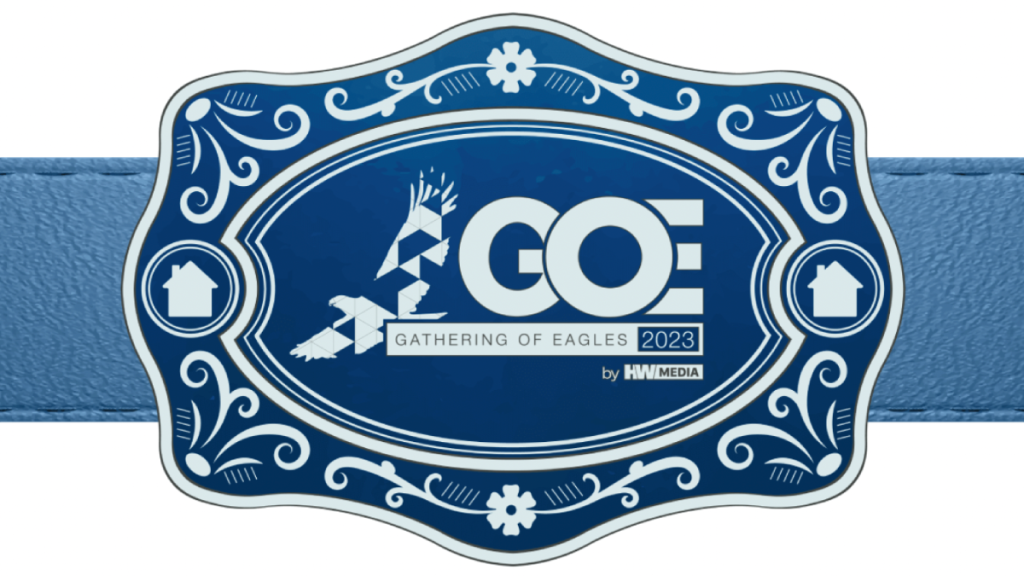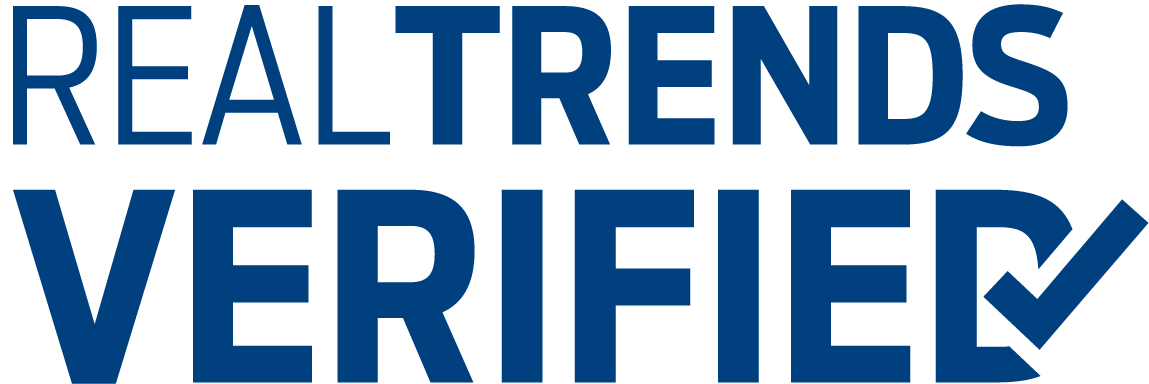There are three traditional ways that brokerage firms seek growth. The first two are organic, and should be a primary focus for all firms.
- Recruitment. Increase your agent count via the recruitment of already producing agents in your marketplace and/or gain new agents from real estate school.
- Development. Increase the productivity of your existing agents via effective coaching and training.
- Acquisitions. Acquire, merge, or roll-in firms to grow your agent count in bulk.
Not all firms have an appetite for acquisitions, but if they excite you, there are certain best practices that make an effective buyer.
At RTC Consulting we work with many firms that are quite adept at acquisitions. It’s something that’s been in their playbook for a long time, and it’s been a very effective tool for growth over the years.
For some firms, however, acquisitions are quite a daunting endeavor. It’s something they’ve never attempted, or something they’ve been unsuccessful at in their past dealings. If your firm falls into the latter grouping, below are some general principles that we’ve passed on to our clients who wish to successfully embark on this method of growth:
Get your internal house in order
Make sure your internal house is in order and that you have a good solid organic growth strategy already in place. This can’t be neglected. Be confident in your messaging. Even though you’re a buyer, you’re also selling your firm’s virtues to your prospects.
Additionally, make sure you have a team, whether internally or externally, in place who are capable of supporting the financial and legal aspects of a potential acquisition.
How to identify prospects
If you don’t already know who you’d like to target, use the tools available to you to identify candidates. Use Lone Wolf’s BrokerMetrics and your MLS data to figure out who’s out there. We usually recommend that you don’t venture outside of your existing footprint, or no further than adjacent to your footprint.
Operational synergies are a lot more prevalent if they’re already within your footprint. Also consider the trends of your targets. Are they growing, losing ground or are they stagnant relative to your market?

Make sure your prospective targets have similar agent compensation plans. For example, traditional graduated commission plan firms probably shouldn’t be going after flat/monthly fee 100% firms. Our rule of thumb is this: if your retained company dollar is greater than 3%-5% apart, you’re probably barking up the wrong tree.
What do you know about a prospect’s reputation, culture, and leadership? It’s imperative to be culturally aligned in order for a deal to work!
You may not know this prior to your meeting, but get to know it fast. Is the ownership/leadership sunsetting in their careers, are they still involved in sales? Is there a potential internal successor that you’re aware of? Again, you may not know prior to a meeting, but get to know this information ASAP.
Meet and engage prospects
Once you’ve identified your prospects, it starts with a phone call (not a letter or email), where you ask for a meeting. They, of course, have a right to ask why, so keep your message simple (ex. “I’m coming across your agents more and more, and want to get to know more about you”, or “I’m really impressed by what your firm has done lately, and just wanted to get to know you better”).
At the first meeting, invite the prospect to breakfast/lunch/dinner/wine/walk in the park/coffee/etc. Your sole intent at this first meeting is to build the relationship — period. You should never bring up an acquisition at this initial phase, unless they bring it up. If they do, don’t ever ask if they’re for sale, say something like, “My goal is to grow the company, to make more money, and have fun…I’m sitting here because I think if we combine our companies, that may help both of us accomplish that” (don’t say “buy”, say combine).
Get to know this person, try to understand their company and what their goals and dreams are. Build the relationship!
Conversion time
Once you’ve developed a relationship, which could take more than one meeting, you broach the above ‘combination’ topic to see if a door may be open to sign an NDA (non-disclosure agreement) and exchange information. If that door is open, then you’re off and running, and you’ve successfully moved from prospecting to potential conversion!
Next steps
At this point you circle back to your team to help assess the financials, do some due diligence, and ultimately put together a term sheet, also called a Letter of Intent, if it’s an opportunity you’d like to go forward with.
This phase can be quite tedious and of course will likely involve some negotiation, so it’s imperative to remain patient. Always keep in mind that this is a very emotional process for the seller, it’s their baby. This is where building a strong and trusted relationship during the previous phases will come in very handy.
Lastly, as part of prospecting, it’s a certainty that you will get rejected, which is why focusing on relationship first is so important. Not everyone is a seller — yet — so building the relationship affords you the opportunity to be top of mind if your prospect decides to sell down the road.
Scott Wright is a partner with RTC Consulting, a firm that specializes in real estate brokerage consulting, valuation and mergers and acquisitions.

